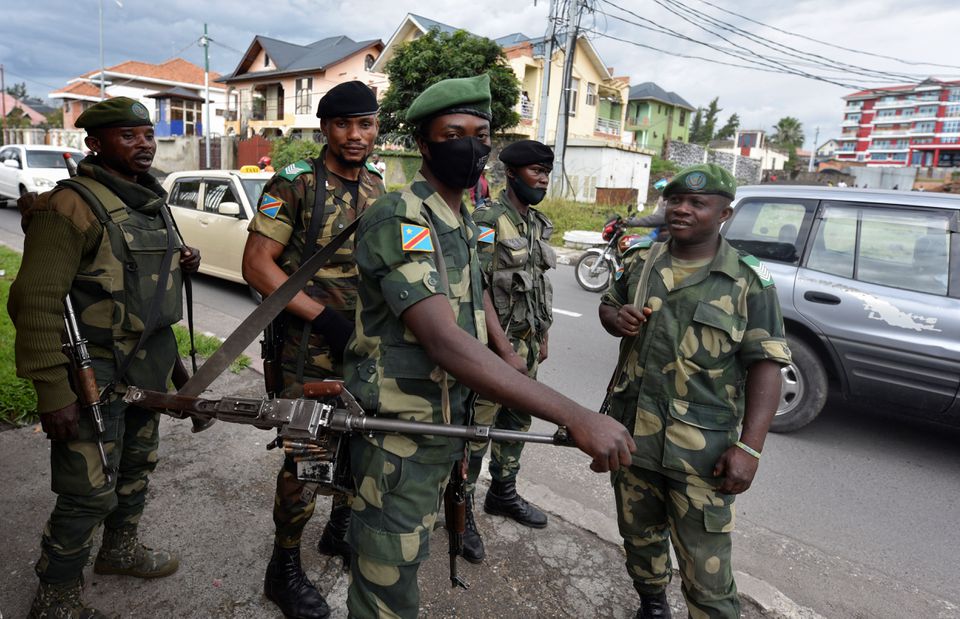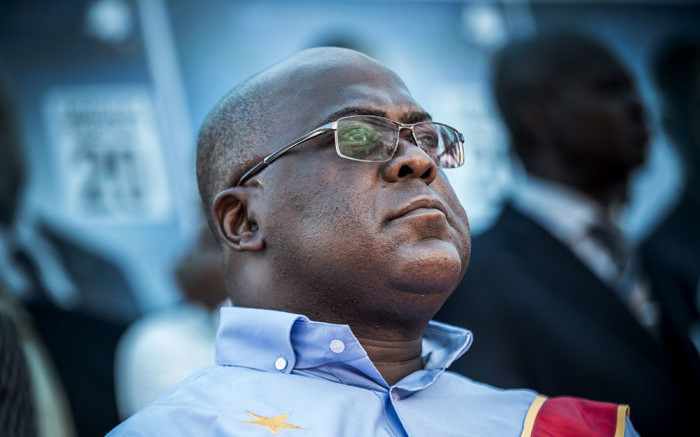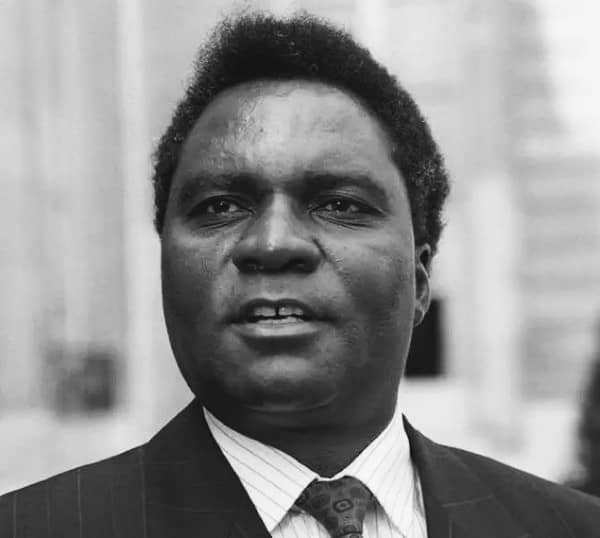Optinion
Tshisekedi engages gear in rush to postpone elections
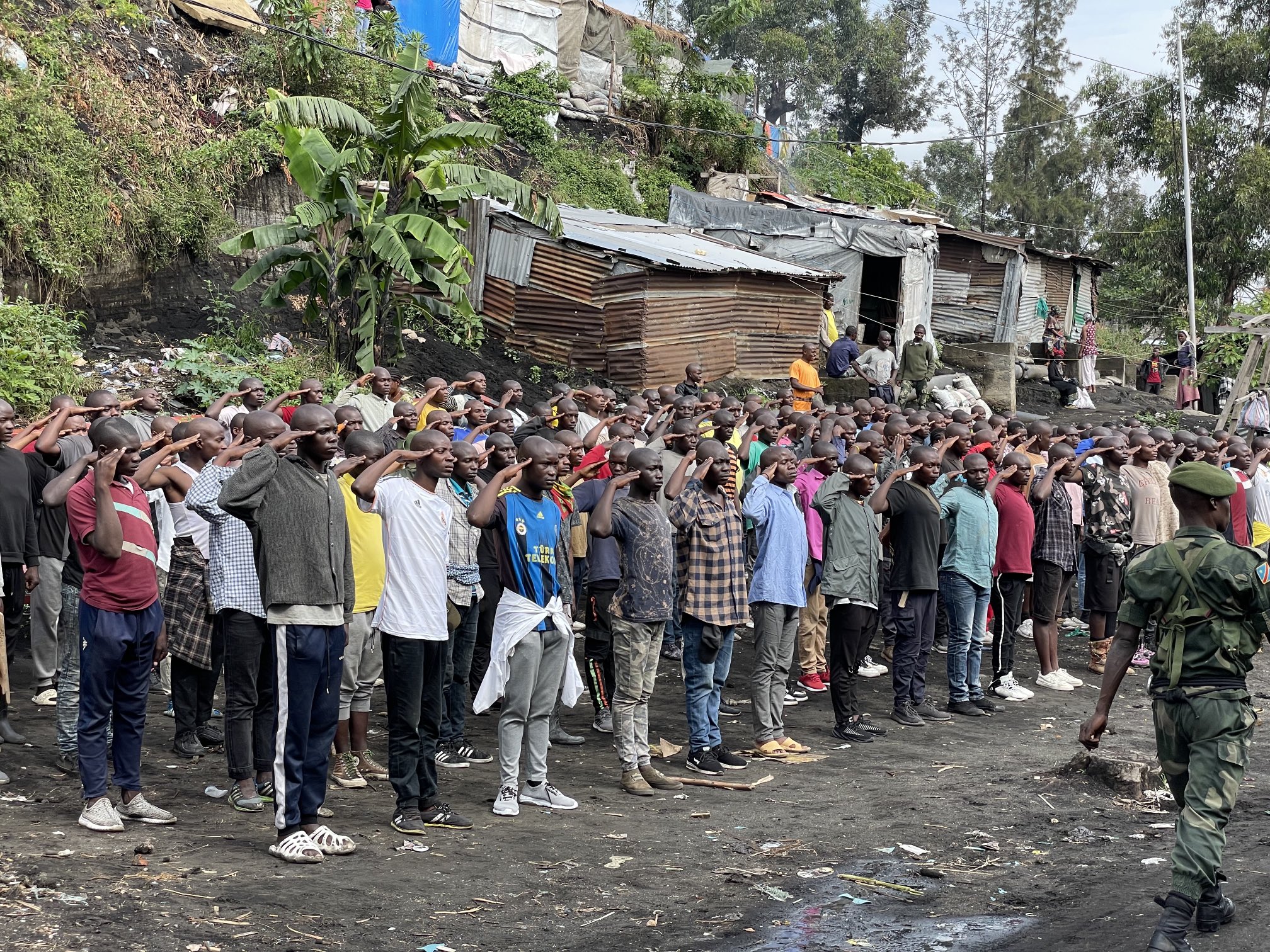
Reminiscent
of pre-1994 Rwanda, Congolese President Félix Tshisekedi has called for the
formation of para-military youth groups to commit genocide against Kinyarwanda
speaking Congolese and cause chaos in the country so as to force a postponement
of the upcoming December 2023 general elections.
Clearly, Tshisekedi will stop at nothing to
rule the Democratic Republic of Congo (DRC) forever, even if it means
sacrificing millions of Congolese.
It
is believed that the Congolese army has more than 150,000 personnel where the
number of police officers is bigger than the number of the military personnel.
The DRC is also home to a 20,000 strong UN peacekeeping force with personnel from
around 50 countries. The East African Community force is also deploying. Why then
would Tshisekedi mobilise citizens ostensibly to maintain peace in the east of
DRC?
Worrisome
video footage from Goma and Kinshasa show hundreds of young people undergoing
paramilitary training under the supervision of the military personnel. These
are the same youth who attacked UN facilities, killed peacekeepers and looted
shops of Kinyarwanda speaking Congolese.
Although
the war between the M23 rebels and FARDC is happening in the territory of
Rutshuru,Tshisekedi has mobilized the youth from the entire country.
Evidently,
this war is beyond being just a war against M23 rebels.
The
youth enrolled in the newly created militia are the ones behind demonstrations in different cities, where
individuals identified as Rwandans or specifically Tutsi have been killed by
rowdy mobs. Some individuals were even cannibalised. Filmed scenes demonstrate
horrific images.
Homes,
businesses and other properties belonging to, or used by persons identified as
Rwandans or simply Tutsi have been attacked, vandalised or looted.
A country’s
long-term stability requires a strong central government and competent national
security forces that can deliver services and establish order. Militia groups
only undermine the authority of the central government by creating competing
power centers. Tshisekedi who doesn’t control his country appeals to militia to
spread chaos so that he can continue to lead the country without elections.
In a
country like DRC where genocide ideology has spread for 28 years, the official
establishment of militias is alarming. The international community has to act
before it is too late.
Sources
indicate that UDPS, the party of Tshisekedi, has set up a commission to plan
how to make DRC ungovernable. The intention is to have a transition in 2023 so
that Tshisekedi can continue to lead in transition.
Tshisekedi
hopes that he will have time to impose his influence on the Electoral
Commission and in the security forces where many Generals still believe in
former President Joseph Kabila as the real President. The use of militia by
Tshisekedi is based on self-interest not the state’s interests and, a weak
central government is an important precondition for militia.
So
far, the UN has documented many cases of hate speech and incitement to
discrimination, hostility or violence. Hate speech has been spread, among
others, by political party figures, community leaders, civil society actors,
and members of the Congolese diaspora.
On
October 29, a shocking video was posted on social media where, elected MP Moise
Nyarugabo from the Banyamulenge community
was told by Congolese Speaker of the Parliament Christophe Mboso N'Kodia Pwanga
to shut up and go back to his home country when he intervened and pleaded over the
budget allocated to his native District of Uvira.
“I
take the floor away from you! Go out and go home,” Mboso shouted.
Background of genocide ideology in DRC
Anti-Tutsi
hate messages and conspiracy theories are regularly shared on Congolese social
media platforms during times of crisis between the national army and M23 rebels.
The
absence of rule of law in DRC and the lack of a strong government structures
facilitated the spread of genocide ideology by Rwandan genocidal forces, the
FDLR.
When
the Interahamwe and Ex-FAR arrived in North and South Kivu, in 1994, they
brought with them the notion that the “solution” to the many complex problems
of the region lay in killing all the Tutsi. The Interahamwe convinced Congolese
Hutu and other communities of this and they succeed in North Kivu.
The Congolese
Hutu community had already linked up with Juvenal Habyarimana’s government
through an agriculture cooperative called MAGRIVI (Farmers Movement of
Virunga).
The MAGRIVI
had worked hard at spreading hatred against the Tutsi. Interahamwe and Ex-FAR told
the Congolese Hutu and the other North Kivu ethnic groups that the Tutsi had
seized power in Rwanda and planned to control the entire Kivu region.
Today,
any internal conflict in DRC is attributed to the presence of the Tutsi in the
region.
The
arrival of Interahamwe in 1994 was the detonator, but there had been tensions
for some time. Habyarimana who had close ties with Mobutu, spread, everywhere, the
idea that the Tutsi are domineering. Interahamwe were welcomed in the Kivus by Congolese
authorities.
Upon
arrival, these Rwandan genocidal forces found a country where there were no
proper laws nor a functioning government. The Tutsi felt powerless to resist
the anti-Tutsi sentiment that had become widespread in South Kivu and North
Kivu regions. They had no choice but to flee to Burundi and Rwanda. They were
attacked in their host countries and hundreds of Tutsi were killed in Gatuma refugee
camp in Burundi and in Mudende refugee camp in Rwanda.
The
genocidaires sought, above all, to awaken and mobilise the Congolese Hutu
regarded as their natural allies through family links, ethnic solidarity and
cultural ties. The 1994 refugees arrived after a series of bloody clashes
between the Hutu and Hunde communities. Interahamwe offered Congolese Hutu
weapons, manpower and training facilities.
The Interahamwe
resumed the campaign they had led in Rwanda and depicted the Tutsi as arrogant,
merciless, rootless foreigners who planned monarchy in Rwanda and were behind
the DRC balkanization project.
Interahamwe
did not let the absence of MAGRIVI, or Congolese Hutu, deter them in South
Kivu. Habyarimana’s officials in the Rwandese Prefecture of Cyangugu which
borders Bukavu and nears Uvira, had worked closely with their Congolese
counterparts ever since the RPF invasion from Uganda in October 1990.
Determined to stem the flow of young Tutsi men to join RPF, they characterized
the RPF invasion as a threat to each and every “Bantu”.
When
the Interahamwe came to South Kivu, they were helped by the presence of the Burundians.
There was a big number of Burundian CNDD-FDD in the area, with a similar
ideology as well as the existence of a large number of Burundian Hutu refugees.
This
genocide ideology will only be eradicated once the Tutsi Congolese who speak
Kinyarwanda are considered as Congolese citizens and the collaboration between FARDC
and FDLR ceases to exist and the genocidal militia are fully repatriated to
Rwanda.


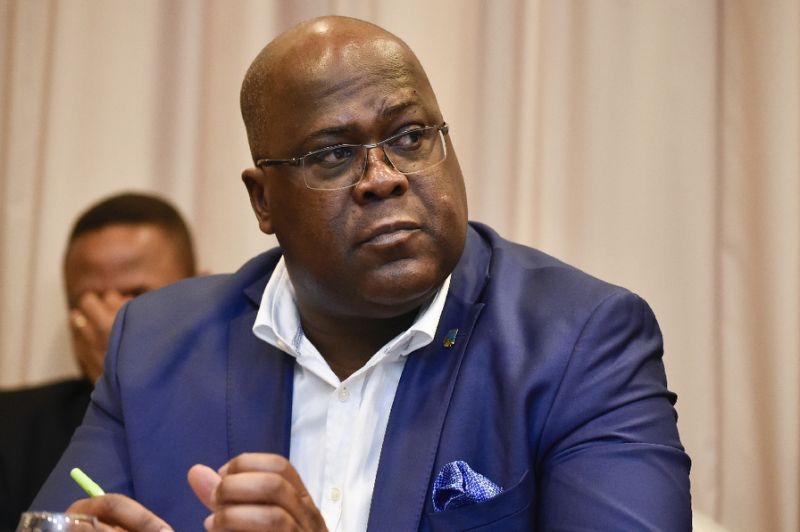
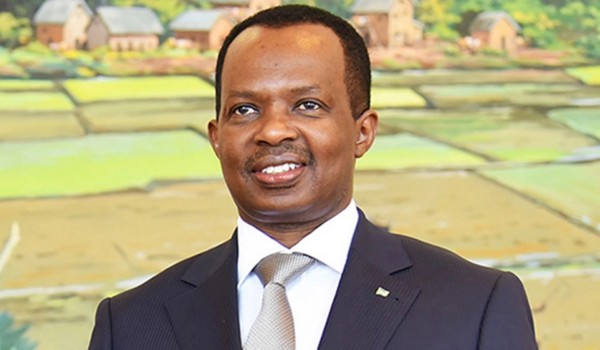
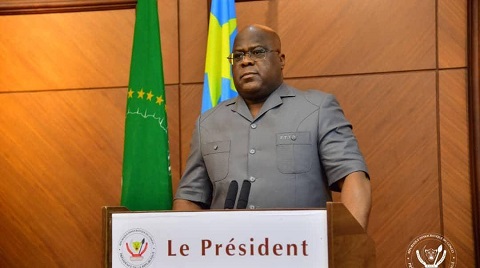

.jpg-20221102100150000000.jpg)
